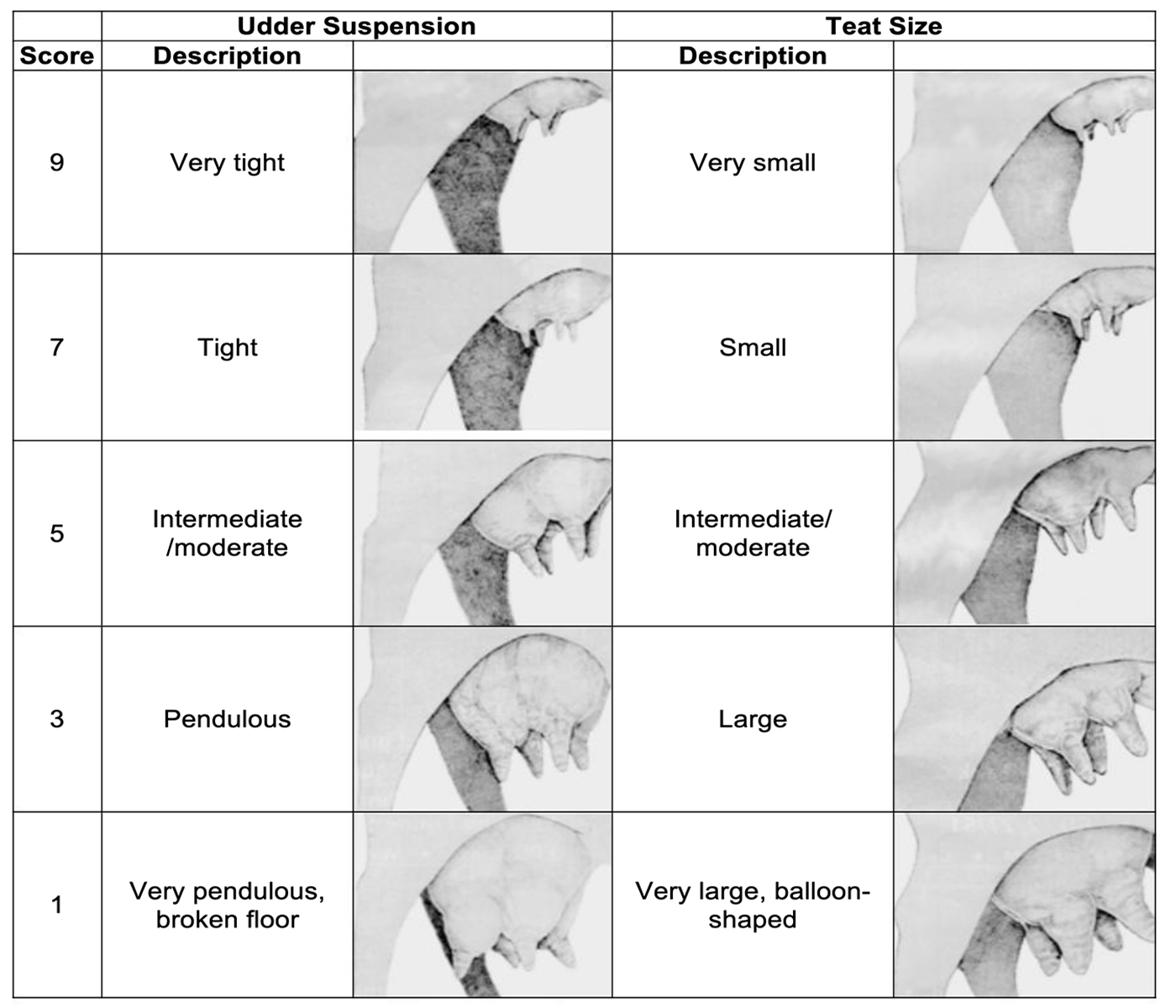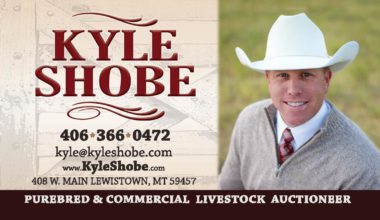Female herd longevity is important for beef producers. Since foot and udder problems can be genetic, tracking scores can help producers make informed management decisions for herd females.
Introduction
With beef cattle herds at the lowest levels we have seen in recent history, female longevity enters the conversations of beef producers across the nation. Female longevity relies on a multitude of factors including (but not limited to) genetics, nutrition, and overall management.
Udder and Teat Scoring

Poor udder conformation is a trait that often gets beef females culled from the herd, especially if it prevents proper nursing. Previous research does not definitively say that poor udder conformation affects offspring performance in either the preweaning or finishing phases of production. With this being said, proper udder conformation is a foundational building block for functioning females in herds across the nation.
Poor udder and teat conformation have the potential to contribute to a decreased profit margin for the beef producer, not only because of decreased calf performance, but also an increase in the potential for mastitis. Calves may experience difficulty nursing properly from mothers with large and distended teats. Due to this, milk production may decrease due to the calf not emptying the udder quarters fully.
The score range is 1 through 9 for both udder and teat scores. Figure 1 shows examples and short descriptions of several conformation. Udder and teat conformation is scored individually, but the scores are combined to read as one number. If a cow scores a 4 on her udder and a 5 on her teats, the final score would read as a 45. Udder and teat scores should be taken within 24 hours of calving. Additionally, it is best to have the same individual, if possible, score all females in a production group. This can eliminate different interpretations and allow for all females to be scored similarly.
Foot and Leg Scoring

Foot and leg condition affects female longevity, as a cow can only go as far as her feet and legs will carry her. Poor claw shape and foot angle can inhibit a female’s ability to travel well, thus reducing her performance. In a grazing situation, a female may not be able to travel across the pasture to select the best diet to meet her needs due to poor leg structure. This includes grass, but additionally water, mineral supplement stations, and shade. A reduction in performance for any reason can result in negative outcomes for any operation.
Claw shape and hoof angle should all be scored to give a well-detailed picture of feet and leg quality of your herd. Claw set and foot angle are scored on a 1 through 9 scale, depicted in Figure 2, with a 5 being ideal. The hoof claw set describes the relative size and distance between the claws of each individual hoof. A low score indicates a wide claw set, which often creates a functionally unsound animal. On the other end of the scale, a score of 9 indicates extreme overlapping and curling claws. Hoof angle measures the angle from the base of the toe to the rear heel. A hoof with a score of 1 is very straight pastern with a very short toe. The higher the score, the longer the toe, and the dew claws will be close to the ground due to a shallow heel. If there is variation in hooves, score the worst hoof, as that will be the one to cause you problems. You should score cattle as yearlings, then again as mature cows to monitor progression. Additionally, scores should be taken prior to any hoof trimming.
Conclusion
As hoof and udder problems can be genetic, it is essential to take note of these scores and potentially use them as a reason for culling animals from the herd. Foot and leg scoring, as well as udder and teat scoring, will help you make informed management decisions when deciding what cattle to retain in your operation. Female longevity in the herd will always be a conversation for beef producers, and keeping numerical data on your herd can assist in decisions that can improve herd longevity.
Source: Madison Kovarna, SDSU Extension Beef Nutrition Field Specialist. Additional Authors: Addie Womack








